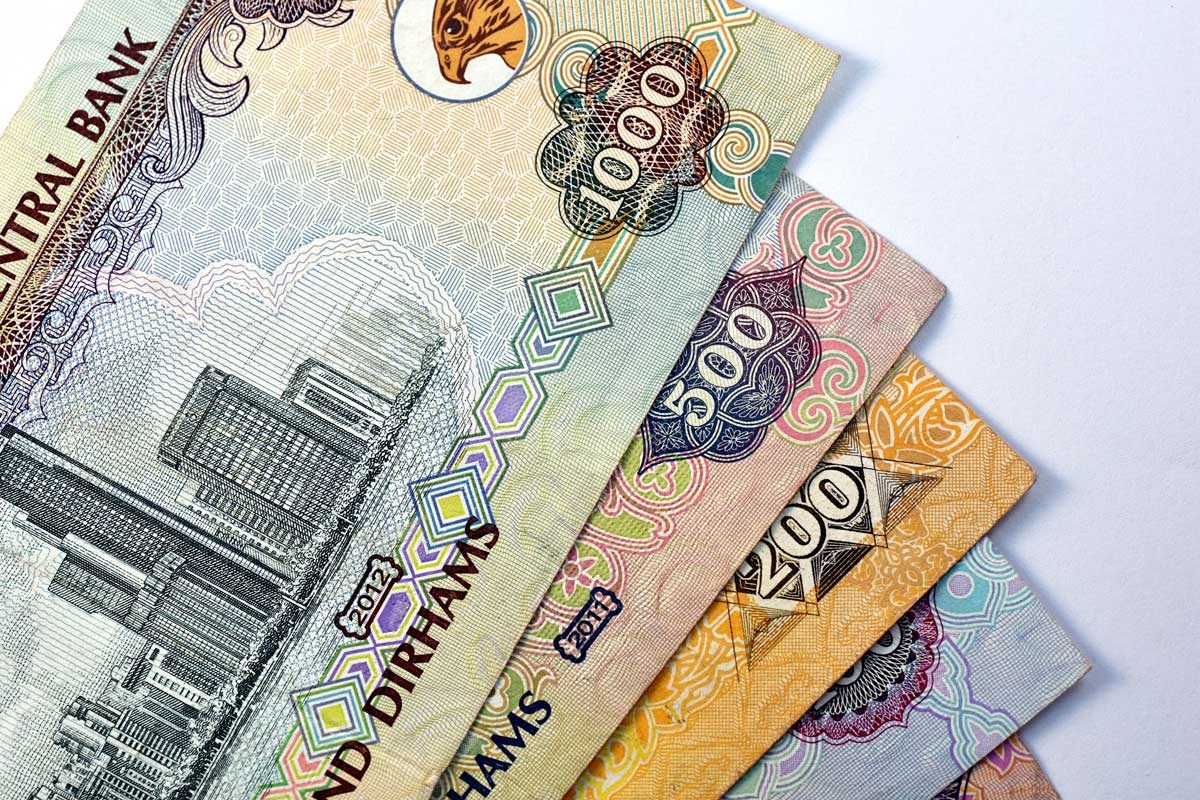The profitability of the UAE’s banking sector has recovered significantly in 2021 as the economy continued to bounce back from Covid-19, according to the latest UAE Banking Pulse for FY 2021 report released by leading global professional services firm Alvarez & Marsal (A&M).
The report suggests that, overall, banks have performed well on key income categories related to the markets, which continue to show elevated activity.
Aggregate net income increased substantially by 48.6 percent year-on-year (YoY) to $10.29 billion (AED 37.8 billion), mainly driven by higher operating income (+5.2 percent YoY) along with lower impairments (-30.1 percent YoY).
However, UAE banks remained cautious in originating new loans in 2021, despite higher liquidity.
“It is likely that the banks are holding reserves considered too high for the risk profile of their portfolio, given recent credit trends,” the report stated.
A&M’s UAE Banking Pulse examines data of the 10 largest listed banks in the UAE, comparing the FY’21 results against FY’20 results.
Using independently sourced published market data and 16 different metrics, the report assesses banks’ key performance areas, including size, liquidity, income, operating efficiency, risk, profitability, and capital.
The country’s 10 largest listed banks analysed in A&M’s UAE Banking Pulse are First Abu Dhabi Bank (FAB), Emirates NBD (ENBD), Abu Dhabi Commercial Bank (ADCB), Dubai Islamic Bank (DIB), Mashreq Bank (Mashreq), Abu Dhabi Islamic Bank (ADIB), Commercial Bank of Dubai (CBD), National Bank of Fujairah (NBF), National Bank of Ras Al-Khaimah (RAK), and Sharjah Islamic Bank (SIB).

Prevailing trends in the banking sector identified for FY 2021
1. Growth in aggregate loans and advances (L&A) increased by 26 basis points (bps) to 1.7 percent in FY’21, while deposits grew by 6.7 percent YoY alongside the UAE’s economy recovery from the COVID-19 pandemic.
However, growth is still below pre-pandemic levels. The aggregate loan-to-deposit ratio (LDR) fell to 82.1 percent from 86.2 percent, as deposits grew at a higher pace compared to loans.
2. Total operating income increased by 5.2 percent in 2021, despite a 3.0 percent fall in net interest income.
The growth in operating income was supported by a higher fee and commission income (+9 percent YoY) and income from investments and gains from foreign exchange (+43.7 percent YoY).
3. Net interest margin (NIM) deteriorated further to a six-year low of 2.1 percent during FY’21, as compared to 2.3 percent in FY’20, largely due to a low interest rate environment.
Aggregate yield on credit and cost of funds declined this year across the banks by 68 bps and 42 bps, respectively.
4. Cost-to-income (C/I) ratio decreased by 1.7 percent YoY to 32.8 percent, as banks managed to control cost while increasing the operating income. The operating efficiency (C/I ratio) improved, supported by a 5.2 percent YoY increase in operating profits.
The lower C/I ratio can be partially attributed to cost control measures implemented by some banks like ADCB, Mashreq Bank, and ADIB.
5. Provisioning decreased substantially, with cost of risk (CoR) contracting by 54 bps YoY to 1.17 percent. Total loan loss provisions decreased by 30.1 percent to $5.33 billion (AED 19.6 billion) in FY’21, as the economy has started to recover amid continued stimulus provided by the Central Bank along with the government’s Targeted Economic Support Scheme (TESS).
6. The UAE banks noted a strong earnings growth supported by lower provisioning and higher operating income. Aggregate net profit increased by 48.6 percent YoY, on the back of higher operating income and lower provisions.
Overall, profitability ratios such as return on equity (RoE) and return on assets (RoA) improved to 11.1 percent and 1.3 percent from 7.7 percent and 0.9 percent, respectively.







